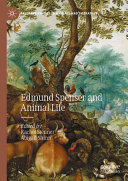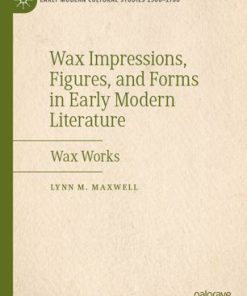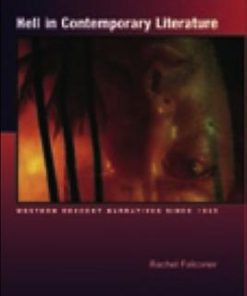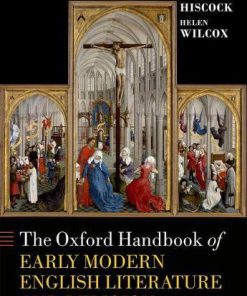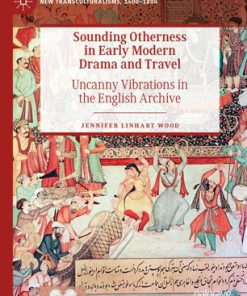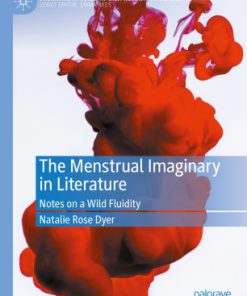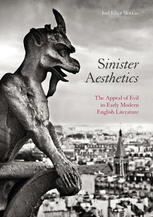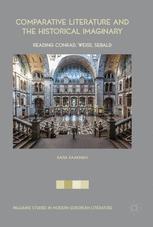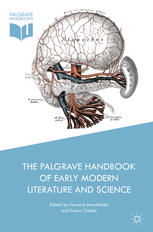The Typographic Imaginary in Early Modern English Literature 1st Edition by Rachel Stenner ISBN 9781472480422 1472480422
$50.00 Original price was: $50.00.$25.00Current price is: $25.00.
The Typographic Imaginary in Early Modern English Literature 1st Edition by Rachel Stenner- Ebook PDF Instant Download/Delivery: 9781472480422, 1472480422
Full download The Typographic Imaginary in Early Modern English Literature 1st Edition after payment
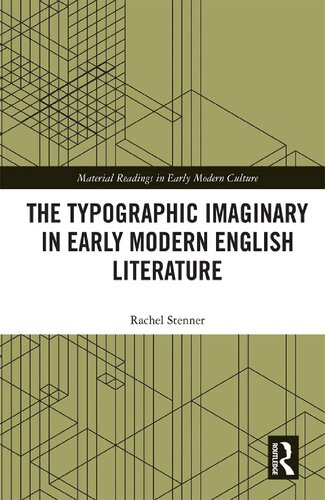
Product details:
ISBN 10: 1472480422
ISBN 13: 9781472480422
Author: Rachel Stenner
The typographic imaginary is an aesthetic linking authors from William Caxton to Alexander Pope, this study centrally contends. Early modern English literature engages imaginatively with printing and this book both characterizes that engagement and proposes the typographic imaginary as a framework for its analysis. Certain texts, Rachel Stenner states, describe the people, places, concerns, and processes of printing in ways that, over time, generate their own figurative authority. The typographic imaginary is posited as a literary phenomenon shared by different writers, a wider cultural understanding of printing, and a critical concept for unpicking the particular imaginative otherness that printing introduced to literature. Authors use the typographic imaginary to interrogate their place in an evolving media environment, to assess the value of the printed text, and to analyse the roles of other text-producing agents. This book treats a broad array of authors and forms: printers’ manuals; William Caxton’s paratexts; the pamphlet dialogues of Robert Copland and Ned Ward; poetic miscellanies; the prose fictions of William Baldwin, George Gascoigne, and Thomas Nashe; the poetry and prose of Edmund Spenser; writings by John Taylor and Alexander Pope. At its broadest, this study contributes to an understanding of how technology changes cultures. Located at the crossroads between literary, material, and book historical research, the particular intervention that this work makes is threefold. In describing the typographic imaginary, it proposes a new framework for analysis of print culture. It aims to focus critical engagement on symbolic representations of material forms. Finally, it describes a lineage of late medieval and early modern authors, stretching from the mid-fifteenth to the mid-eighteenth centuries, that are linked by their engagement of a particular aesthetic.
Table of contents:
Chapter 1: Instructional texts and print symbolism
Chapter 2: An emergent typographic imaginary in William Caxton’s paratexts
Chapter 3: Robert Copland, Thomas Blague, and the printer–author dialogue
Chapter 4: Protestant printing and humanism in Beware the Cat
Chapter 5: George Gascoigne and Richard Tottel
Chapter 6: Edmund Spenser’s early and mid-career
Chapter 7: St Paul’s Churchyard and the meanings of print
Chapter 8: Conclusion
People also search for:
the typographic mind summary
the typographic mind
the typographic medium
the imaginary corpse
typographic mind definition
Tags: Rachel Stenner, Typographic Imaginary, Early Modern, English Literature
You may also like…
History - Military History
Edmund Spenser and Animal Life 1st edition by Palgrave Macmillan 9783031426414 303142641X
Uncategorized
Wax Impressions, Figures, and Forms in Early Modern Literature: Wax Works Lynn M. Maxwell
Religion & Spirituality - Christianity
Hell In Contemporary Literature: Western Descent Narratives Since 1945 1st Edition Rachel Falconer
Uncategorized
The Oxford Handbook of Early Modern English Literature and Religion Oxford Handbooks Andrew Hiscock




